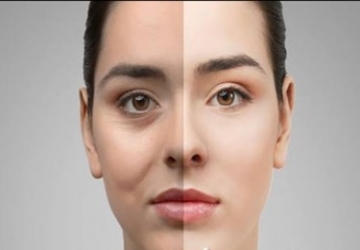
Eye enlargement operations
Sometimes, with the loss of skin elasticity, we notice the drooping of the cheeks on both sides of the face due to gravity and the loss of nutrients necessary for the freshness of the skin, the lack of collagen and elastin formation elements necessary for skin elasticity, and exposure to aging factors that are often overlooked. The most important of these is constant exposure to sunlight without using sunscreen or not taking antioxidants, whether they are available in foods or some medicinal supplements. As a result of drooping the cheeks, the eyelids droop with them, leading to signs of aging and narrowing of the eyes.
Read More..
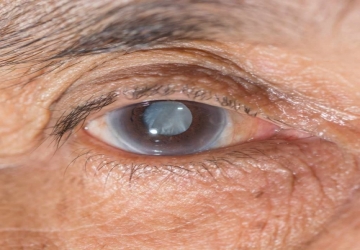
Diagnosis of cataracts
Diagnosis of cataracts
With the question of Dr. Muhammad Hantira, an honorary assistant professor, ophthalmology department Umm Al-Qura University, Saudi Arabia
It was clear that when starting to diagnose cataracts, a comprehensive eye examination and vision evaluation would be performed through some tests.
Read More..

The latest types of lenses that can be implanted after removing the cataract
The latest types of lenses that can be implanted after removing the cataract
With the question of Dr. Hantira, an honorary assistant professor at the ophthalmology department, Umm Al-Qura University, Saudi Arabia
Explain to us the events of the types of lenses that can be implanted after removing the cataract, including
Read More..
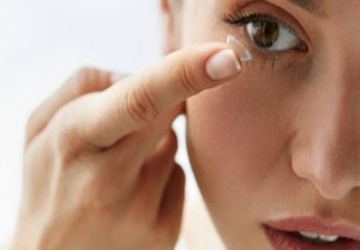
Directions for use of contact lenses
Directions for use of contact lenses
With the question of Dr. Muhammad Hantira, an honorary assistant professor, ophthalmology department, Umm Al-Qura University, Saudi Arabia
Provide us with a set of tips that must be taken into account before using contact lenses.
Read More..
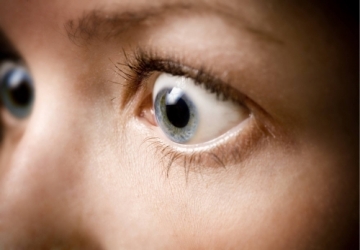
Steps to plastic surgery for exophthalmos
Steps to plastic surgery for exophthalmos
We accompany you on a trip with Dr. Mohamed Hantira
Honorary Assistant Professor – Department of Ophthalmology – Umm Al-Qura University – Saudi Arabia
In it, we explore some of the steps involved in cosmetic surgery for protruding eyes
Read More..
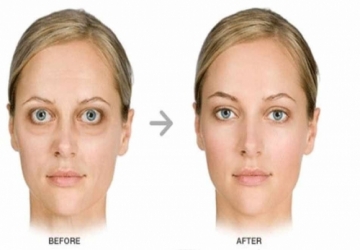
Plastic surgery for exophthalmos
Plastic surgery for exophthalmos
We accompany you today on a trip with Dr. Mohamed Hantira, Honorary Assistant Professor, Ophthalmology Department, Umm Al-Qura University, Saudi Arabia
Read More..
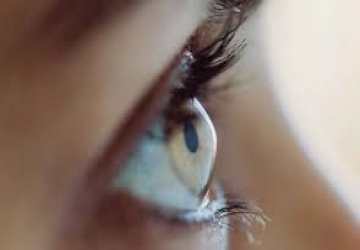
Other methods of treating keratoconus
We complete the conversation of Dr. Muhammad Hantira - Honorary Assistant Professor - Umm Al-Qura University - Saudi Arabia about the latest methods of treating keratoconus, including
Read More..
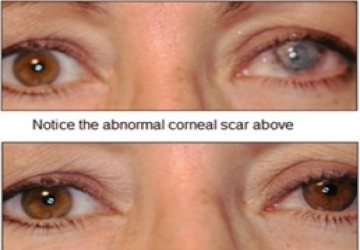
Contact lenses for treating keratoconus
We continue the conversation of Dr. Hantereh, Honorary Assistant Professor, Ophthalmology Department Umm Al-Qura University, Saudi Arabia, about the contact lenses used in the treatment of keratoconus, including:
Read More..
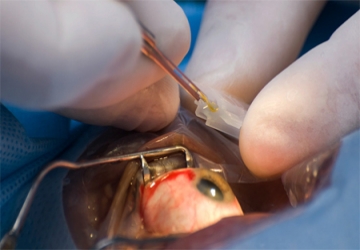
After cataract surgery
By asking Dr. Muhammad Hantira - Honorary Assistant Professor - Department of Ophthalmology - Umm Al-Qura University - Saudi Arabia, explain to us Cataract surgery is considered one of the most effective medical procedures today.
Read More..
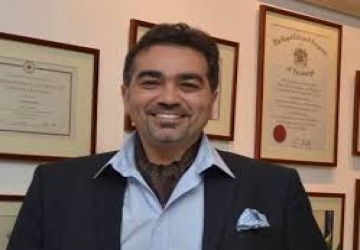
Amblyopia
Amblyopia is one of the types of diseases that affect the human and animal eyes alike, and it is a weakness of a certain amount in the strength of the patient's eyes, because the vision did not develop completely and naturally from early childhood onwards as the growth of the corneal and retinal tissues stops when Given time; Because of this stopping growth, the brain ignores the image that this affected eye transmits in a form of laziness, and the cases of amblyopia are equivalent to about 4% of people.
Read More..
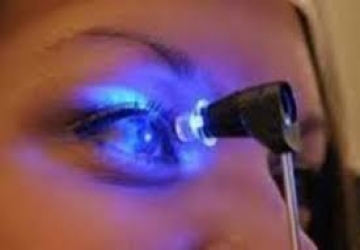
Intraocular presser
The term intraocular pressure refers to the pressure of the fluid inside the eye which is called aqueous humor.
This flow of fluids leads to the inability of the organs responsible for disposal to control them due to the accumulation of large amounts of it inside and outside the eye.
Read More..
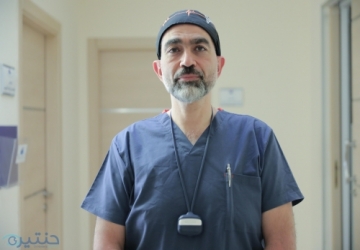
Lenses treat color blindness
Sight and vision problems are one of the things that most concern many families and individuals, due to the great importance of vision in a person’s life, and seeing is a great blessing that God has given us, but there may be a defect in a person’s ability to see, and this defect hinders his ability to see. He sees things confused, or he cannot see the letters well, and the injured person may be a small child or a student in the study stages, and the problem increases because this defect affects his educational abilities, and may cause a headache or blurred vision.
Read More..
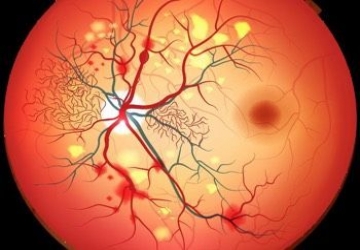
diabetic retinopathy
Diabetic retinopathy is a complication of small blood vessels and is characteristic of both type 1 and type 2 diabetes. The prevalence of diabetic retinopathy is related to the period of developing diabetes. After about 20 years of developing diabetes, we find that almost all people with type 1 diabetes, and about 60% of people with type 2 diabetes, have had diabetic retinopathy to some degree.
Read More..
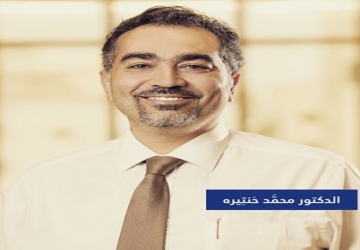
Nyctalopia
Nyctalopia is the inability to see clearly in low light or dark places.
More often called night blindness , this disease affects the retinal area of the eye.
Read More..
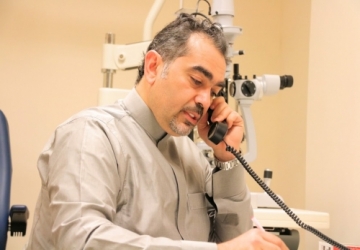
medical services
Dr. Muhammad Hantira - Assistant Professor of the Ophthalmology Department - Umm Al-Qura University - Saudi Arabia explained Our team of ophthalmologists integrates with physicians from other disciplines in order to provide a completely customized treatment for each specific condition.
Read More..
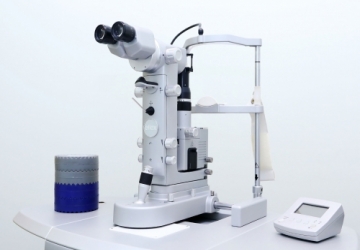
Argon laser
In ophthalmology, argon laser technology is used to perform a type of treatment called photocoagulation.
Photocoagulation is a treatment technique based on the use of a strong light source with predetermined wavelengths for tissue coagulation, where the target tissue absorbs light energy that turns into thermal energy, so this type of laser belongs to what is known as a thermal laser.
When the target tissue temperature exceeds 65 ° C, the nature of its proteins changes, and the so-called coagulated necrosis appears.
With the question of Dr. Muhammad Hantira - Honorary Assistant Professor - Department of Ophthalmology - Umm Al-Qura University - Saudi Arabia
Explain that the effectiveness of photocoagulation depends on how the light beam penetrates into the eye contour and how it is absorbed by the target tissue - the light is first absorbed by the tissues that contain melanin, xanthophyll pigment, and hemoglobin. The effectiveness of the photocoagulation zone depends on the intensity, duration and size of the light stroke used.
As Dr. Hantira explained:
Photocoagulation is treated with local anesthesia with a special contact lens suitable for the type of treatment and the eye area to be treated.
The argon laser technology is indicated for the following conditions:
• Glaucoma for iridectomy and trabeculoplasty.
• Vascular diseases of the retina, especially in diabetic retinopathy, where optical coagulation is of critical importance to prevent disease progression and blindness.
• Photocoagulation is also used in deep vein thrombosis and aneurysm processes.
• Cases of retinal vasculitis
• In all clinical cases that may lead to retinal ischemia, which can lead to what may in turn cause serious intraocular complications.
• In cases of vitreous haemorrhage and retinal detachment.
• Degenerative diseases in the peripheral retina and the presence of holes or tears at the level of the retina may lead to retinal detachment if not treated - and the argon laser is very important for its prevention.
• Diseases of the placenta, such as tumors, tumors of the blood vessels and lymph membranes.
With us, you are in safe hands, and we wish you a speedy recovery
In ophthalmology, argon laser technology is used to perform a type of treatment called photocoagulation. Photocoagulation is a treatment technique based on the use of a strong light source with predetermined wavelengths for tissue coagulation, where the target tissue absorbs light energy that turns into thermal energy, so this type of laser belongs to what is known as a thermal laser.
Read More..
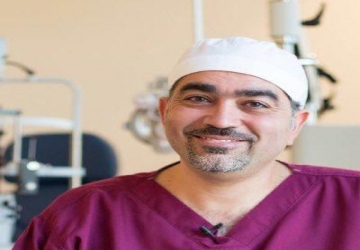
femto smile process
By asking Dr. Muhammad Hantira - Honorary Assistant Professor - Department of Ophthalmology - Umm Al-Qura University - Saudi Arabia, explain to us.
Read More..
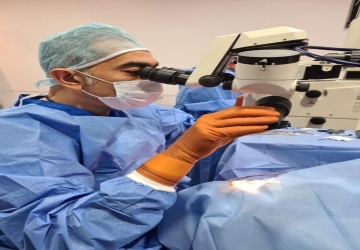
femto-Lasik process
The femtolasek vision correction process is the newest technique currently in the field of laser eye surgeries, and femto-LASIK relies on removing a thin layer of the corneal surface using a femtolizer, then reshaping the cornea again to correct any refractive errors in it using an excimer laser.
Read More..
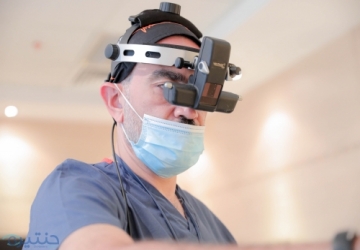
Squint
is a visual disorder that affects one or both eyes, and this condition occurs when the external muscles of the eye are inconsistent in movement or if there is a much weaker eye than the other eye. Therefore, the squint is a condition resulting from the lack of focus of light correctly on the retina due to the inconsistency of the two images of the eye that reached the brain and the part responsible for vision, and this makes vision blurry and blurred, or it may lead to a complete loss of vision in the weak eye.
Read More..
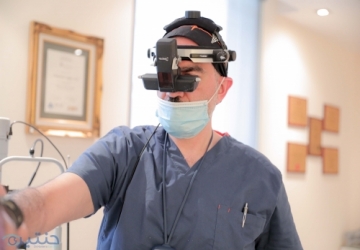
Dry eyes
it is one of the most common diseases in ophthalmology, and according to several studies, the prevalence of dry eyes among the population is about 15%, while the prevalence rate among contact lens wearers increases to 50%.
Read More..

olor blindness 5
which is a term that means a person has a disorder that makes him lose the ability to see one of the following three colors: red, blue or green, or the color resulting from mixing them together.
Read More..
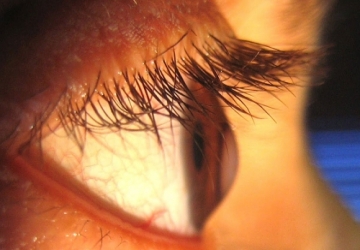
keratoconus
is a condition that affects the cornea of the eye and occurs when the cornea takes an abnormal shape and increases its curvature and protrudes outwards, turning from a spherical shape to a conical shape, due to the high pressure inside the eye.
Read More..
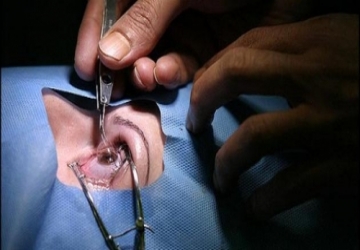
Laser eye surgery
The laser eye surgery is a surgical procedure that is performed using laser beams according to the method (LTK - Laser Thermo Keratoplasty), in order to eliminate the use of glasses. It is considered a relatively new technology aimed at correcting the ability to see.
Read More..
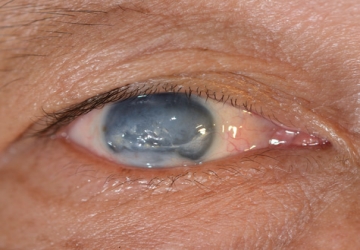
Glaucoma
Glaucoma is a general name for a group of eye diseases affecting the optic nerve. The optic nerve responsible for transmitting information from the eye to the brain is located in the back of the eye. Injury to this nerve can lead to vision loss.
Read More..
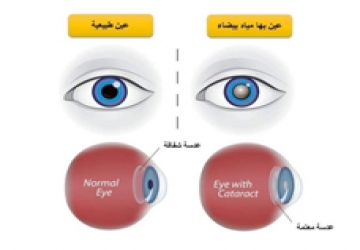
cataract
The main symptom of cataract is gradually diminishing vision with blurred reading. To this day, there are no medications or drops that prevent cataracts, and the only treatment is cataract removal with an intraocular lens implant.
Read More..